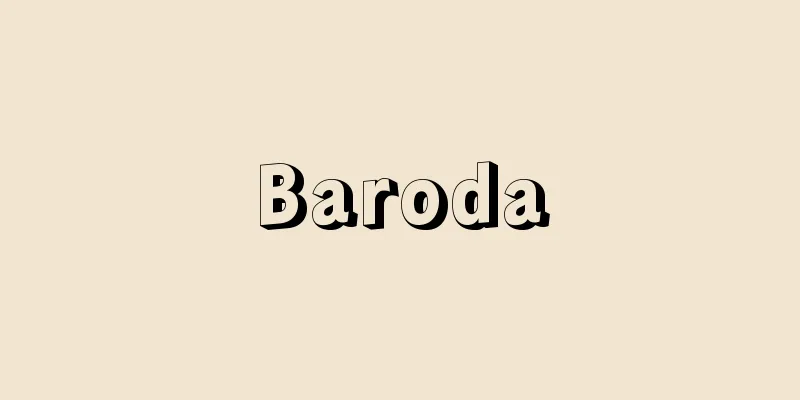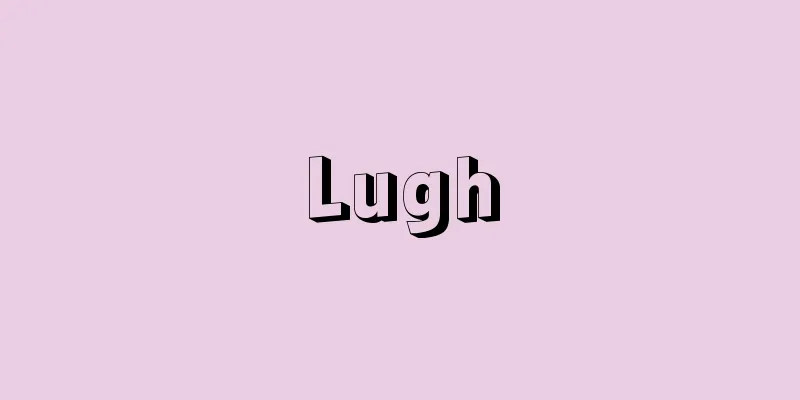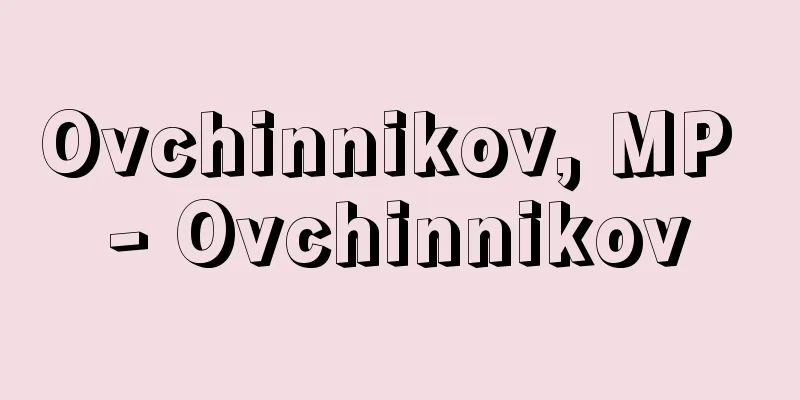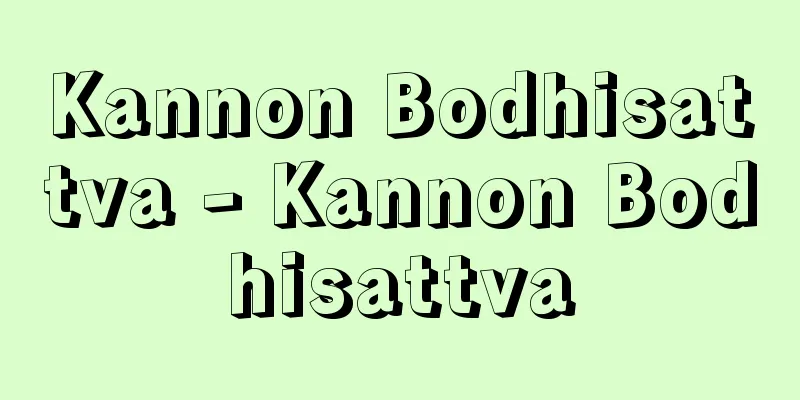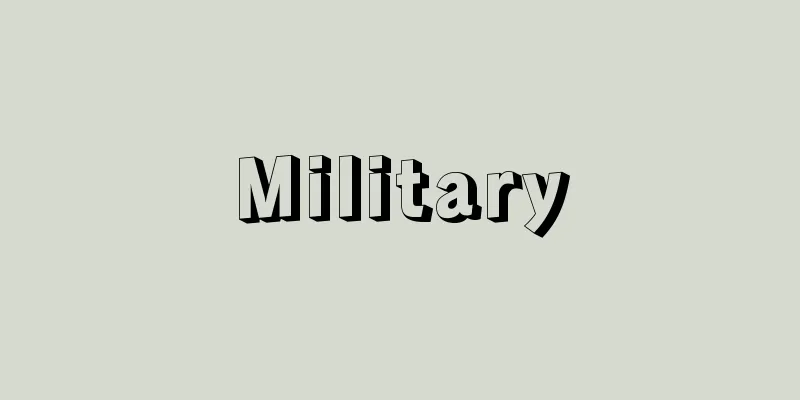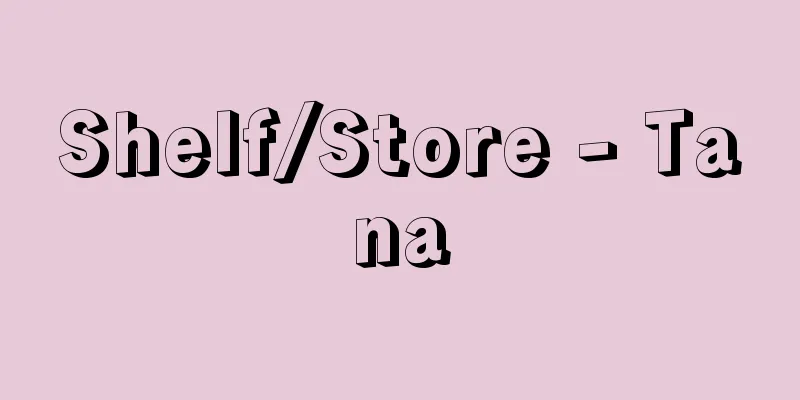Bald - Kaburo
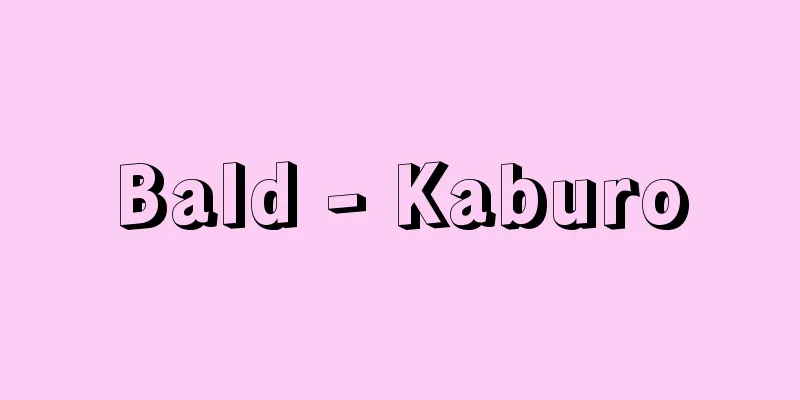
|
〘Noun〙① (adjective) The absence of hair on the head. Also, the state of being bald. Kamuro. [Shinsen Jikyo (c. 898-901)] ※Konjaku (c. 1120) vol. 2 "From now on, I will give food to my slaves , but I will not give to this bald- headed monk." ② (adjective) The absence of trees on a mountain. Also, the absence of horns on an animal's head. It can also be used to describe the worn-out hair of a brush or the sparse leaves on a tree. Kamuro. [Iroha Jiruishō (1177-81)] ※Kyoto Dai Nijūsatsu Honke Shishō (c. 1535) vol. 14 "A bald sheep means one without horns." ③ A child's hairstyle. A bob-like hairstyle in which the ends of the hair are cut neatly and left hanging down without being tied up. Also, the child. Kirikaburo. Kamuro. *Shoki (720), before Emperor Ingyaku ascended to the throne (Tosho-ryo Honin) "From the time the Emperor lived in Kafuro to Sotsuno, he was a man of great mercy and humility ." 4. A girl used as a prostitute. A girl between the ages of 6 or 7 and 13 or 14 who serves and apprentices high-ranking prostitutes such as Tayu and Tenjin . Kaburokko. Kamuro. * Kanazoshi , Ukiyo Monogatari (around 1665), 1 "Even the swordsman, Kaburo, has the air of someone who knows nothing of the sky. " 5. Weapon. A name for a fingering tool. A pole made of yak hair tied together and hung short. Haeharai. 6. Another name for the plant "Okinagusa (old man grass)." [Names of Things (1775)] [Glossary] (1) Originally it had the meaning of ①, but by imitating it, the usages ② and ③ arose. (2) Judging from the example of the hairstyle of a young prince who was three years old (by Japanese reckoning) and who “played around, combing his long, curly hair,” the hairstyle of ③ probably originally referred to the state of “long, curly hair” that occurs not long after the hair-cut when an infant begins to grow hair and when it is not yet thick, and also referred to an infant with that hairstyle. (3) Later, the usage of ③ became more strongly associated with walaha and kaburo through the use of "child," and gradually came to refer more broadly to children with short, hanging hair or children with that hairstyle. Chibiru [Bald]Toku [bald]Kamuro [bald]Chibi-ru [Bald]tsubu [bald]Chi-bu [bald]Source: The Selected Edition of the Japanese Language Dictionary About the Selected Edition of the Japanese Language Dictionary Information |
|
〘名〙① (形動) 頭に毛髪がないこと。また、そのさま。はげ頭。かむろ。〔新撰字鏡(898‐901頃)〕※今昔(1120頃か)二「我、今よりは奴婢(ぬび)に食を与へて、此の頭禿(かぶろ)ならむ沙門には不加施ず」② (形動) 山に樹木のないこと。また、動物の頭に角(つの)のないこと。その他、筆の毛のすり切れたさまや、樹木の葉の少ないさまなどにもいう。かむろ。〔色葉字類抄(1177‐81)〕※京大二十冊本毛詩抄(1535頃)一四「かふろな羊とは角のないを云て候ぞ」③ 子供の髪型。髪の末を切りそろえ、結ばないで垂らしておく、おかっぱのような髪型。また、その子供。きりかぶろ。かむろ。※書紀(720)允恭即位前(図書寮本訓)「天皇、岐嶷(カフロ)にましますより総角に至るまで、仁恵(うつくしび)ましまして倹下(へりくだ)りたまへり」④ 遊女に使われる少女。太夫(たゆう)、天神など上位の遊女に仕えて、その見習いをする六、七歳から一三、四歳ぐらいまでの少女。かぶろっこ。かむろ。※仮名草子・浮世物語(1665頃)一「禿(カブロ)、遣手(やりて)も空(そら)知らぬ風情なり」⑤ 武具。指物の名。棹の先端に(ヤク)の毛をまとめて短く下げたもの。はえはらい。⑥ 植物「おきなぐさ(翁草)」の異名。〔物類称呼(1775)〕[語誌](1)元来は①の意味だったが、それに擬することで②や③の用法が生じた。 (2)③は、数え年三歳の若宮の「目ざしなる御髪を、せちにかきやりつつ、遊びむつれ給にぞ」のメザシの例などから推すと、そもそもは、幼児が髪を生やし始める髪置き後あまり時を経ず、十分に髪が密集していない、「目ざし」程度の状態を①に見なし、そしてその髪型の幼児をも指したものであろう。 (3)その後③の用法は、「童」を仲介としてワラハとカブロの連想関係が強まり、次第に広く子供の短めの垂髪およびその髪型の子供を指すようになった。 ち・びる【禿】とく【禿】かむろ【禿】ちび・る【禿】つ・ぶ【禿】ち・ぶ【禿】出典 精選版 日本国語大辞典精選版 日本国語大辞典について 情報 |
<<: Kamuro Mountains - Kamurosanchi
Recommend
Ikhwān al‐Ṣafā' (English spelling) [Arabic]
Meaning "Pure Brothers," it was a secret...
dichlorodiphenyltrichloroethane
...One of the organochlorine insecticides. It is ...
Cournot - Antoine Augustin Cournot
French economist, mathematician, and philosopher....
pashmina
…The quality of the wool is the key to a cashmere...
Circulatory system
It is an organ system that circulates body fluids...
Ladino language - Ladinogo (English spelling)
The language spoken by Sephardic Jews (descendants...
Desman - Sorry (English spelling) desman
A general term for two species of mammals in the f...
SP - esp
〘Noun〙① (Abbreviation of standard playing record) ...
Morley, EW
…After returning to the United States, he resigne...
Neozephyrus taxila (English spelling)
…Some species are active in the early morning, du...
Clark, EB (English spelling) ClarkEB
...This caused the collapse of the "spirit o...
transport
...an airplane whose main purpose is to transport...
Thatched wall
...Partition walls that can be moved even after c...
Tree frog (Amagaeru) - Amagaeru (English spelling) tree frog
A general term for frogs of the Hylidae family, in...
Gellius, Aulus
[Birth] Around 130 Died around 165. An ancient Rom...

